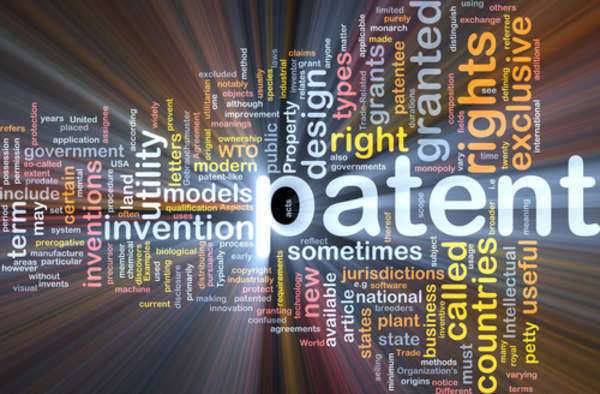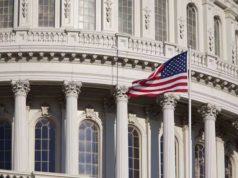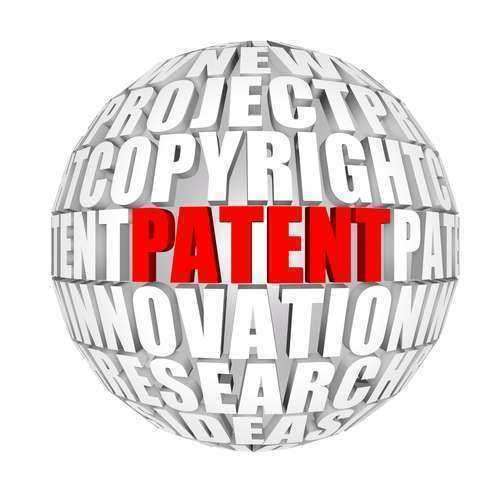 Exclusive patent license agreements offer the most protection to licensees but also comes with the most responsibility and expectations. An exclusive patent license is an agreement between the licensor and the licensee stating that the licensor will not practice under the patent or grant other exclusive licenses to other parties.
Exclusive patent license agreements offer the most protection to licensees but also comes with the most responsibility and expectations. An exclusive patent license is an agreement between the licensor and the licensee stating that the licensor will not practice under the patent or grant other exclusive licenses to other parties.
The exclusive license agreement should not lead a patent holder to believe that the licensor has not issued non-exclusive licenses to other parties prior to the issuance of the exclusive license. Although licensors are not required to state whether they have issued prior non-exclusive licenses, many believe they should be required to do so.
Exclusive license holders also enjoy the full commercial advantages that come with the patent license agreement. The licensor may require that the holder of an exclusive patent license agreement meets certain goals. This is often known as a minimum annual royalty provision. According to minimum annual royalty provisions for exclusive patent license agreements, an inventor may be expected to commercialize their patent within the first year or another designated time period.
They may be expected to reach a minimum amount of royalties within a time period. If they do not meet the royalty expectations, they could be asked to make up the difference with their own money. If the goal is not reached or the money is not somehow presented, the exclusive patent license could be terminated. An alternative to making up the difference in royalties that fall short of the minimum requirement is changing the exclusive license to a non-exclusive license. This can greatly damage a new company trying to expand.
Licensors can grant to licensees based on geographic locations. So the same patent can be given exclusive protection to different parties but the protection is limited to a certain area. The same logic can be applied to similar patents that serve specific functions.
The licensors must be careful to not overlap exclusive licenses if they are granted based on location or function. The licensee and licensor may also enter an agreement to create improvements to an existing patent with exclusive rights. The licensor is also capable of practicing under the exclusive patent license agreements but only if it is for non-commercial uses such as research.
 Exclusive patent license agreements offer the most protection to licensees but also comes with the most responsibility and expectations. An exclusive patent license is an agreement between the licensor and the licensee stating that the licensor will not practice under the patent or grant other exclusive licenses to other parties.
Exclusive patent license agreements offer the most protection to licensees but also comes with the most responsibility and expectations. An exclusive patent license is an agreement between the licensor and the licensee stating that the licensor will not practice under the patent or grant other exclusive licenses to other parties. 
















